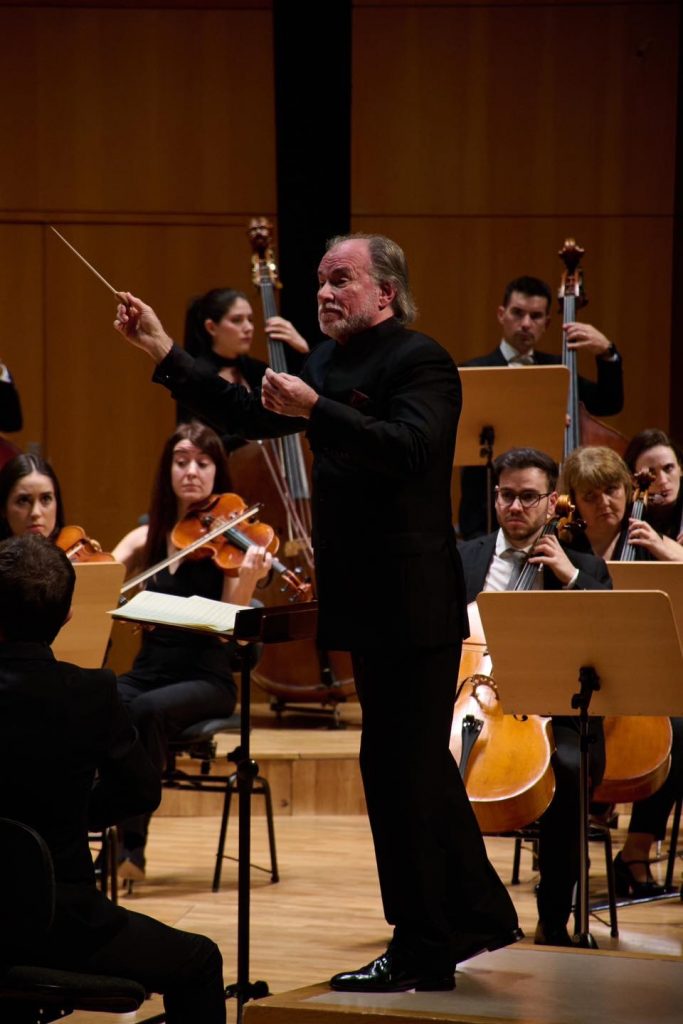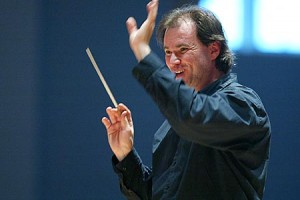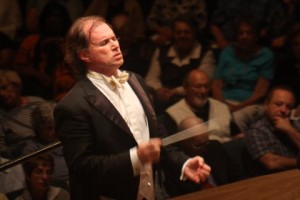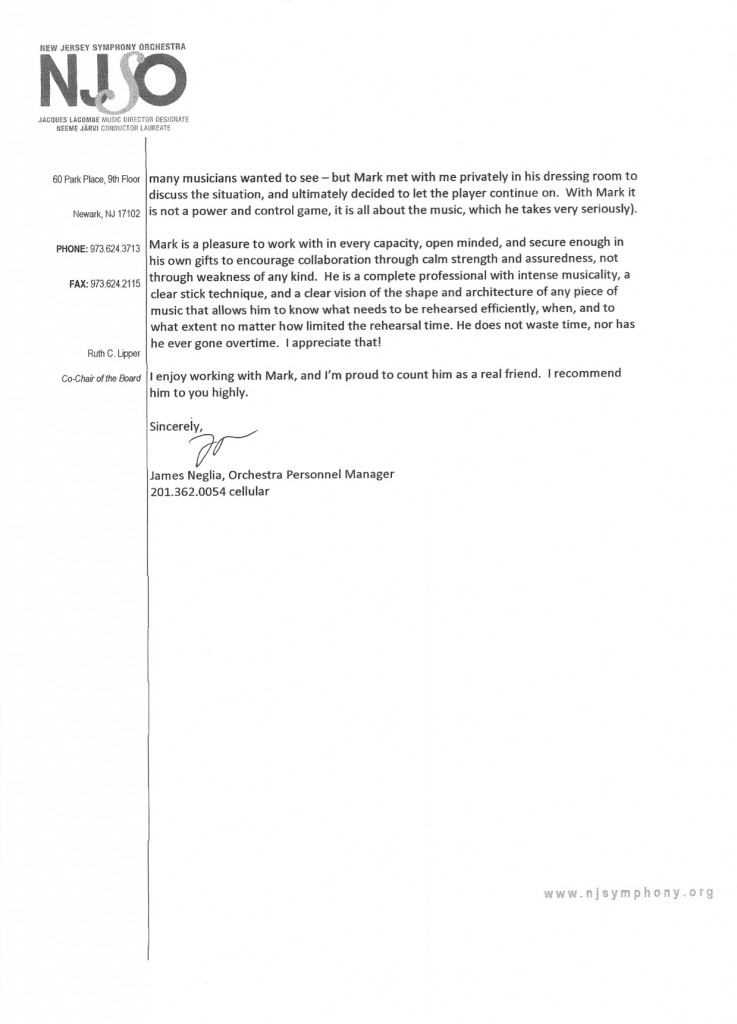“Laycock steht für höchste künstlerische Qualität.”
(“Laycock stands for the highest artistic quality”)
Heilbronner Stimme 31 May 2022
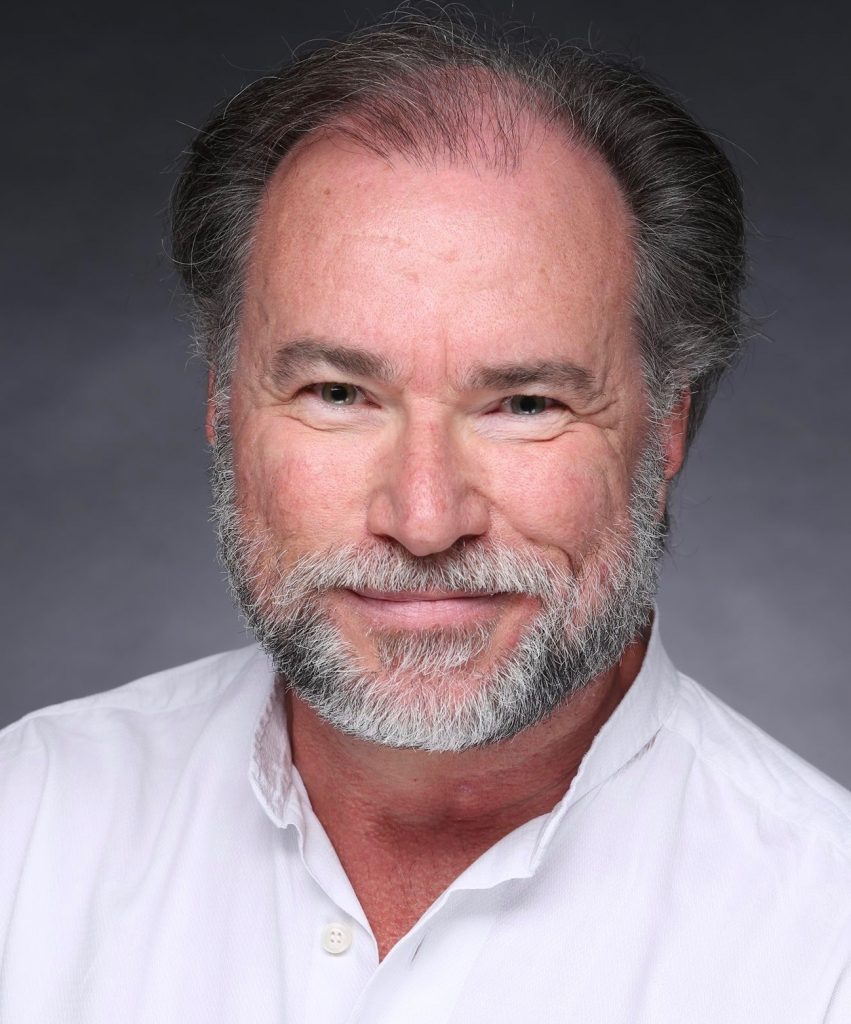
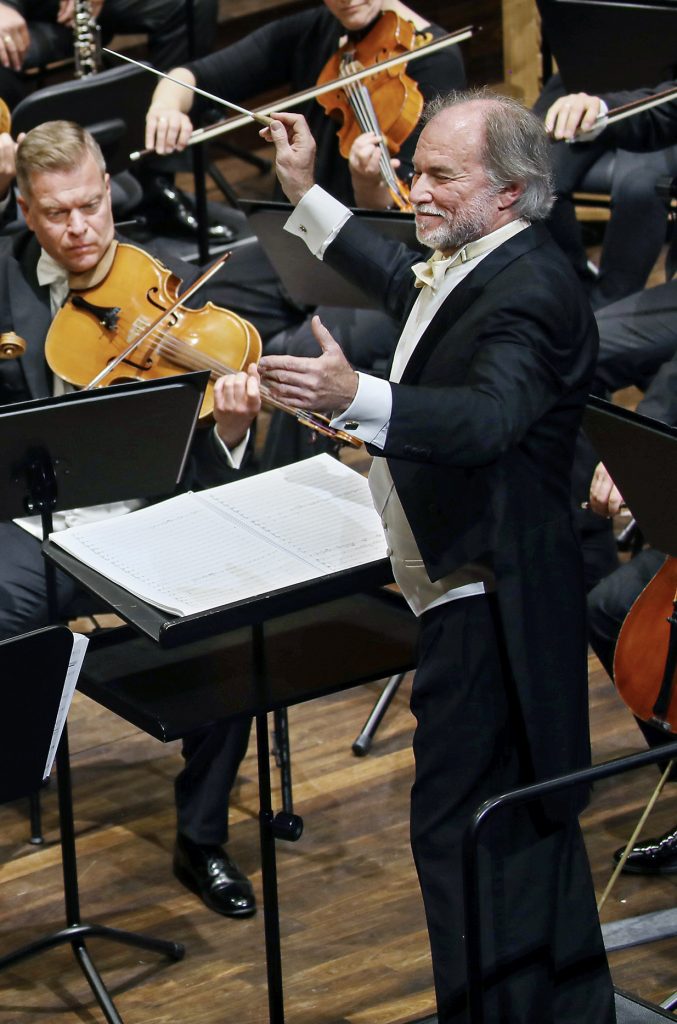
Internationally acclaimed conductor Mark Laycock was Music Director of the Princeton Symphony Orchestra for more than 20 years, and has conducted more than 2,000 works in appearances with orchestras of London, Paris, Moscow, Kiev, Montréal, Philadelphia, Bogota, Mexico City, Seoul, and Taipei, among others. As a published composer, his works have been performed by the Philadelphia Orchestra, Buffalo Philharmonic Orchestra, New Jersey Symphony Orchestra, Alabama Symphony Orchestra, Orquesta Sinfónica Nacional de Costa Rica, and the Berliner Symphoniker.
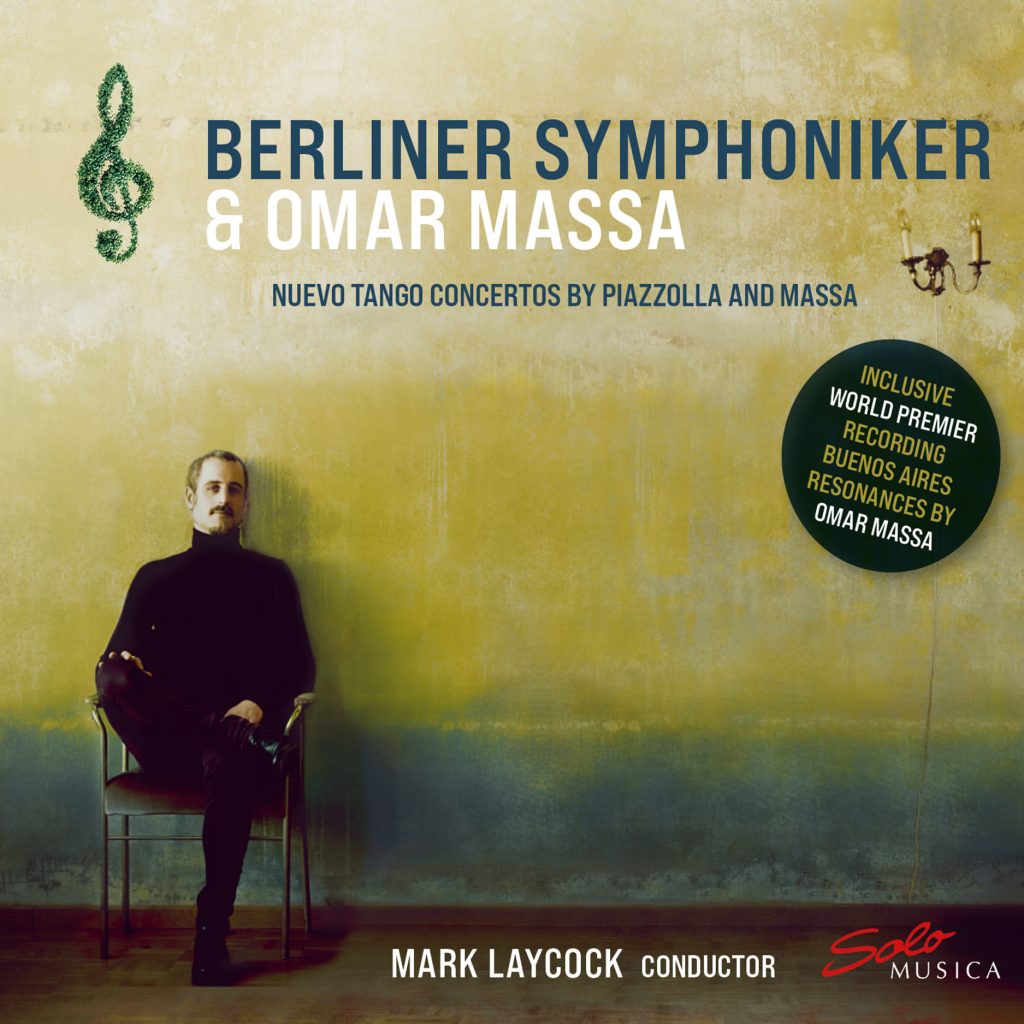
PBS Launches Nationwide Telecasts of “Ode to Joy: Beethoven’s Symphony No.9” Narrated by John Lithgow, and featuring Mark Laycock and the WienerKammerOrchester’s performance with the Westminster Symphonic Choir filmed for PBS’ “Great Performances” Series
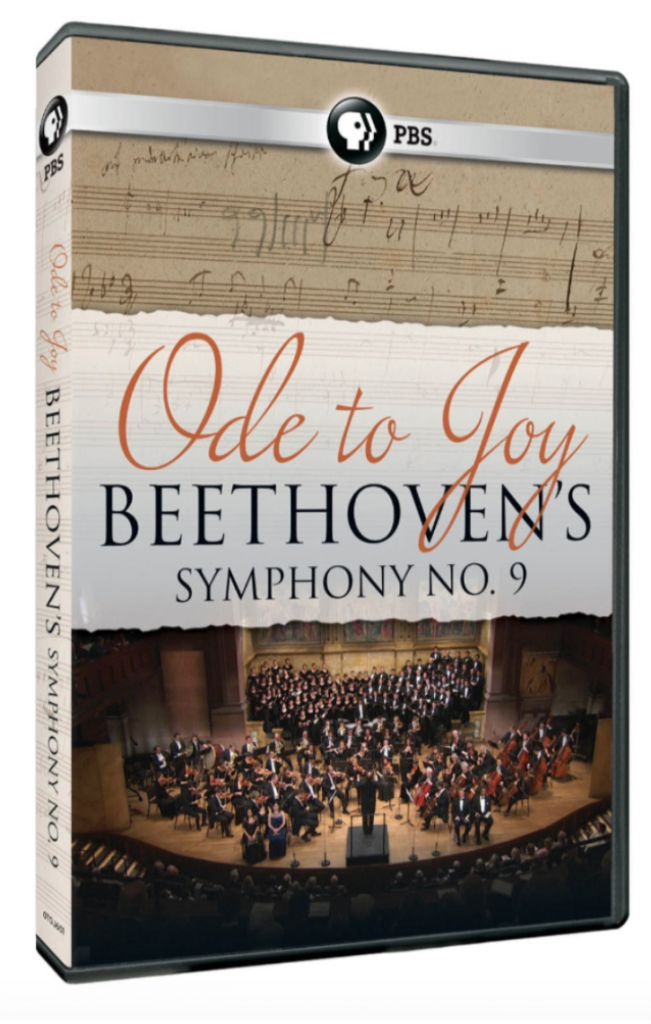
Check with your local PBS affiliate for airtimes
More information on “Ode to Joy” (including additional video material and bios on all artists) can be found here by clicking on the following link for:
PBS page “Ode to Joy”
Mark Laycock
REVIEW: MARK LAYCOCK WITH THE SINFONICA DE LA REGION DE MURCIA
Murcia, 1-II-2024. Víctor Villegas’ Auditorium. Symphony Orchestra of the Region of Murcia (ÖRSM). Conductor: Mark Laycock. Works by Gabriel Fauré, Sergéi Prokófiev and Maurice Ravel.
Excellent conductor for a virtuosic program
“The orchestral color was one of the main attractions of the ÖSRM’s fifth concert of the season, offered by the very vibrant and expressive conducting of Mark Laycock, a conductor who displayed a solid reading of the musical thought of each composer, as he is himself, and great technical distinction in the way he communicated its essential aspects.
Thus, he loaded with symbolism the exposition of the first work of the program; the orchestral suite Pelléas et Mélisande, op. 80 by Gabriel Fauré. With outstanding elegance he began the first of the four movements of the work, making the sound emerge with magical sensuality, maintaining a serene pulse that placed emphasis on drawing with his baton in the space a dynamic differentiation that favored the orchestra to expand its chromatic spectrum at the same time. In such a way he also pointed the reading of the subsequent andantino, allowing the woodwind instruments to take over the discourse, contrasting the conversation between them from a constant stimulus of the strings that responded securely from the leadership of his concertmaster, Darling Dyle, a temperamental musician if ever there was one. He recreated himself in the exposition of the suggestive melody of the third movement, allowing the flute soloist to shine, who exemplified his singing with distinguished phrasing. The intense final adagio was developed by the maestro with a truly significant lyrical sense, as if he wanted to reflect in his sonorous sounds the affliction and grief that Fauré expresses before the death of Mélisande, feelings that he transmitted achieving an example of suggestive musicality. At this time, the orchestra was already fully integrated as an instrument ready to face the challenges that were to come.
The first of these, which closed the first part of the concert, was Maurice Ravel’s famous and admired Bolero. Playing for the ÖSRM to act univocally, Laycock made use of the good work of percussionist Marcos Zambudio to induce in the rest of the musicians the characteristic pealing that rhythmically drives this fantastic orchestral rehearsal, making minimal gestures in its initial part, which recalled the curious judgment that Ravel himself made of this singular bolero; “an orchestration without music”, that is, understood in another way, an exercise of instrumentation that can work alone.The discourse grew in dynamic intensity and timbral diversity, reaching its climax of differentiation in the tonal change at the beginning of the coda, a moment in which the conductor led the orchestra to burst forth brilliantly, making its sound expand with that effective dexterity that characterizes interpreters who know the power of the secrets and mysteries of musical art.
Following the line of reaffirming the capacity and timbral diversity of the Murcian ensemble, the second part of the evening was dedicated to one of the most exemplary works of the great Russian orchestral repertoire; the Fifth Symphony, op. 100 by Sergéi Prokófiev. Integrating himself into the technical and artistic capacity of the ÖSRM, Mark Laycock generated from the outset that necessary tense communication with his components to present the Andante that opens the work. He developed a clear combination of his unexpected melodic turns as elements intended to increase the strength required by the entirety of this movement, driven primarily by the percussion and brass which were splendid throughout.
A chamber-like character was adopted by the conductor in the Allegro marcato, generating a lyrical sense in the small trio at the center of his score. Its tenebrous conclusion was one of the moments that generated the most attention in the listener, leaving the listener with a pleasing sensation of the motoric rhythmic flexibility achieved by the orchestra.
The lyricism acquired stability in the Adagio. The conductor charged the central part with drama, bringing the strings to a high degree of expressiveness. The woodwind section was taut in its contrasting function with the rest of the orchestra until achieving that serenity in the drift of this movement, transmitted with a clear and serene pulse that increased that certain macabre air proposed by Prokofiev, which was exposed, both by the conductor and the orchestra, with a high degree of concentration.
With relaxed joy, the American conductor built the final allegro that meant the apotheosis of this version in which the percussion section, led by timpanist Miguel Ángel Alemán, gave the rest, provoking the ovation of an audience that in each appointment is perceived more devoted to the orchestra. On this occasion, the orchestra has taken advantage of having invited Mark Laycock, a conductor who combines knowledge and experience with skill and energy, qualities accompanied by that degree of intuition that allows him to get the best out of each musician and each instrumental section, which has helped to give meaning and value to an eminently challenging program, both in artistic quality and in demanding interpretative technique.”
José Antonio Cantón, codalaria.com, La Revista de Musica, February 2024, Murcia Spain
“Die wunderbaren Wuppertaler Sinfoniker unter der begnadeten Leitung des extra eingeflogenen grandiosen amerikanischen Dirigenten Mark Laycock, dieses mutige Unterfangen wurde für mich völlig verblüffend vom fachkundigen Wuppertaler Publikum bejubelt als hätte man den alten Karajan wieder neu geklont präsentiert…”
“The wonderful Wuppertal Symphony Orchestra under the direction of the gifted flown in grandiose American conductor Mark Laycock, was utterly astoundingly cheered after this bold undertaking by a knowledgeable Wuppertal audience as if you had the old Karajan again presented newly cloned…”
Der OpernFreund, March 2015, Deutschland
“Not enough can be said about conductor Mark Laycock’s sensitive, collaborative accompaniment that made the Mozart concerto feel like chamber music, and allowed Shostakovich to sound downright improvisational, even in its bratty moments.”
The Philadelphia Inquirer, July 19, 2014
Philadelphia Orchestra Soars in Princeton
By David Patrick Stearns, Inquirer Music Critic
“Under guest conductor Mark Laycock, the Wednesday concert at Richardson Auditorium went well over the two hours and was dense with Schumann, Brahms, Prokofiev, and others. Even when played at some exhilaratingly brisk tempos, the music kept everyone on edge in the best possible way in what was an extremely generous and highly successful concert – in live, immediate acoustics that were flattering to the Philadelphia Sound.
The orchestra’s long absence isn’t surprising. Princeton has a healthy orchestral life of its own, thanks partly to Laycock’s years with what is now the Princeton Symphony Orchestra…This particular concert was the Sixth Annual Midsummer Celebration funded by local philanthropists William and Judith Scheide. Now based in Europe (the Zurich/Vienna nexus), the dignified, almost courtly Laycock is the Scheides’ conductor of choice.
From almost the first notes, Laycock established that this would be no mere run-through. Prokofiev’s Classical Symphony, which often seems to play itself, had intriguingly halting tempos in the second movement that put it in the world of the composer’s much later (and deeply satirical) Lieutenant Kijé.
Weber’s Oberon Overture felt almost Viennese in its tempo flexibility. Each section of Brahms’ Haydn Variations was its own world. And that was only the first half.
Such strong-monded interpretations felt particularly brave in light of the concert’s limited rehearsal. Laycock has conducted this orchestra often, but not for 19 years. On to the second half…
Schumann’s Symphony No.1 (“Spring”) can seem repetitive and garrulous in less sympathetic circumstances but certainly wasn’t in Wednesday’s brisk, tightly controlled performance. Such an approach might not be possible with a lesser orchestra, but this one has power in reserve. When the scherzo couldn’t go any faster, the middle section put the pedal to the metal. Grand conclusions went even grander – often with an unexpected slowing of the tempo.
After the symphony’s breathless conclusion, Laycock clearly was up to something – Glinka’s Ruslan and Ludmilla Overture played as an encore at a speed that outstripped Schumann. Speed, alone, is not an artistic statement. Here, tempos released the music’s inner energy.”
The Philadelphia Inquirer, July 20, 2013
“The English Chamber Orchestra, under the vibrant direction of Maestro Mark Laycock, began the program with Sir Arnold Bax’ “Dance in the Sunlight,” a lively, romantic and complex score. The ever renowned Ludwig van Beethoven Symphony No. 5 in C minor, Op 67 completed the inspiring program. Through his mastery of the composition, Maestro Laycock, fluidly, energetically and skillfully inspired the English Chamber Orchestra to perform at their highest level.”
The Princeton Packet, January 21, 2013
“It is a pleasure for me to highly recommend Mark as a professional musician, who has a very broad spectrum of abilities and has always shown to be the perfect conductor for all kinds of repertoire. Apart from his professionalism concerning the musician Mark Laycock, he is an outstandingly, friendly and easy-to-work-with person who is always welcome in the Vienna Chamber Orchestra.”
Christian Buchmann, Managing Director , Wiener KammerOrchester
“An extraordinary conductor: hugely gifted, a marvelous person, and a first class conductor”
John Nelson, Directeur Musicale Honoraire, Ensemble Orchestral de Paris
“I consider Mark Laycock to be a friend and very talented colleague with a great future, and I warmly recommend him to you.”
“Mark Laycock is a passionate and inspiring conductor who combines great sensitivity with the virtuosic ability to bring out the very best in an orchestra. His performances are energetic, creative, beautifully conceived and dedicated to expressing the highest musical ideals. It is a joy to perform with him!”
Sharon Isbin
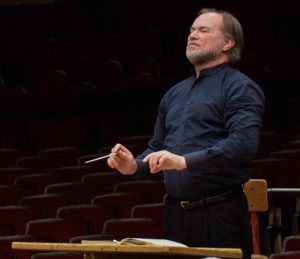
“Mark Laycock is an amazing conductor with a distinguished international career, who inspired our 150 country-wide selected students orchestra to perform at the highest artistic level at our national theater, the Palace of Fine Arts in Mexico City. Wise and savvy, Mark had high expectations, and at the same time was gentle and encouraging to the orchestra members. The participating students were selected from 80 youth orchestras from the national network of 124 youth orchestras of El Sistema. After an exhilarating standing ovation, Mark finished to conquer the audience with an emotional rendition of Blas Galindo’s celebrated Sones de Mariachi, turning the theater in a pandemonium of awe and excitement. Mark was passionate to share with all these young person’s his knowledge and transformed this eclectic ensemble from 80 different youth orchestras in a top class, wonderful, disciplined and cohesive real symphony orchestra. A Maestro of Maestros!!”
National Coordinator of Orchestras at
Sistema Nacional de Fomento Musical of Mexico
Teri Noel Towe, Classical Music Radio Host, WPRB103.3 FM

